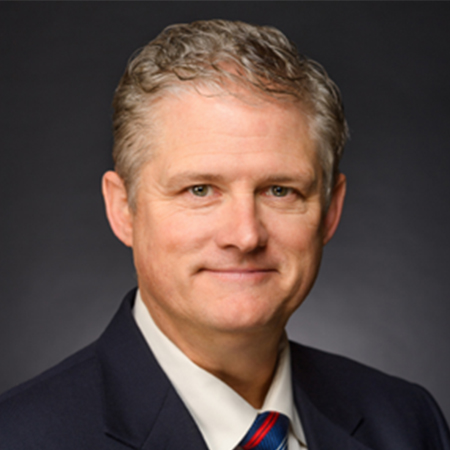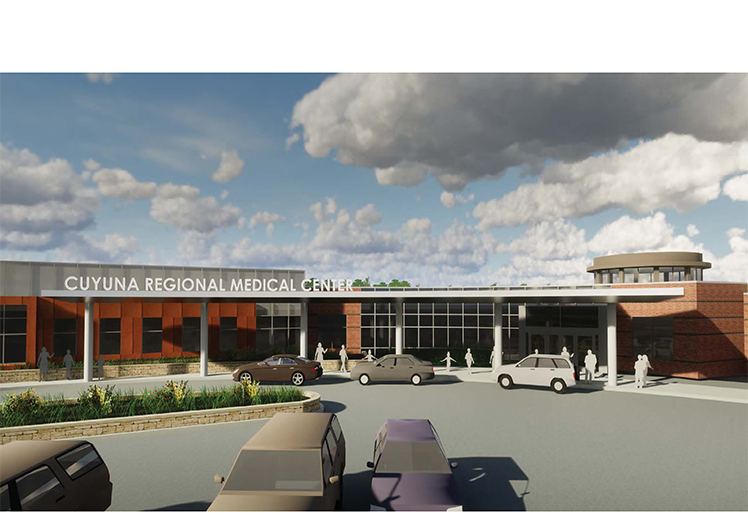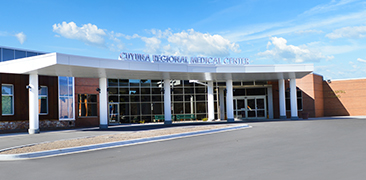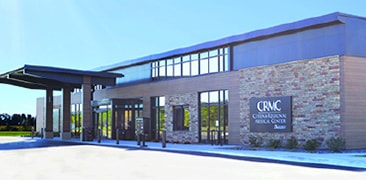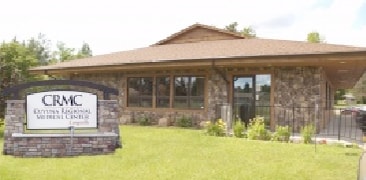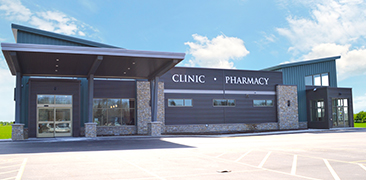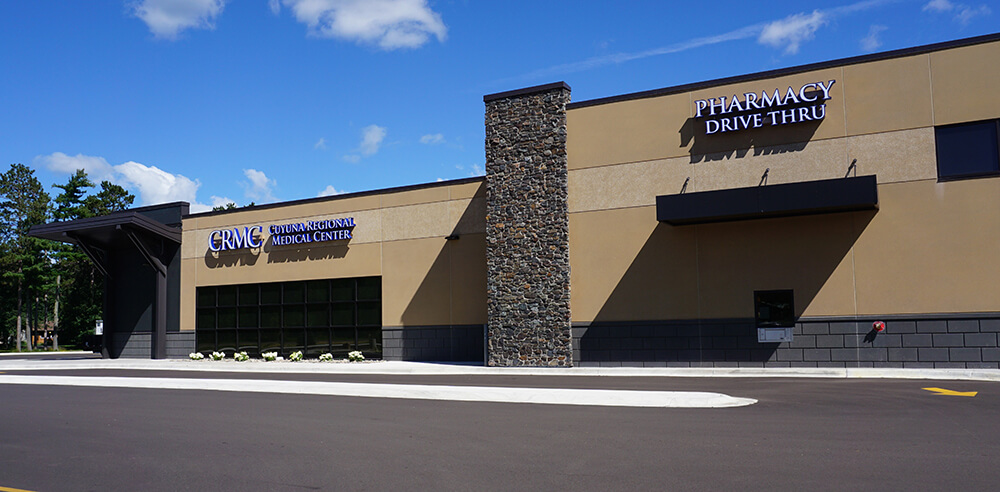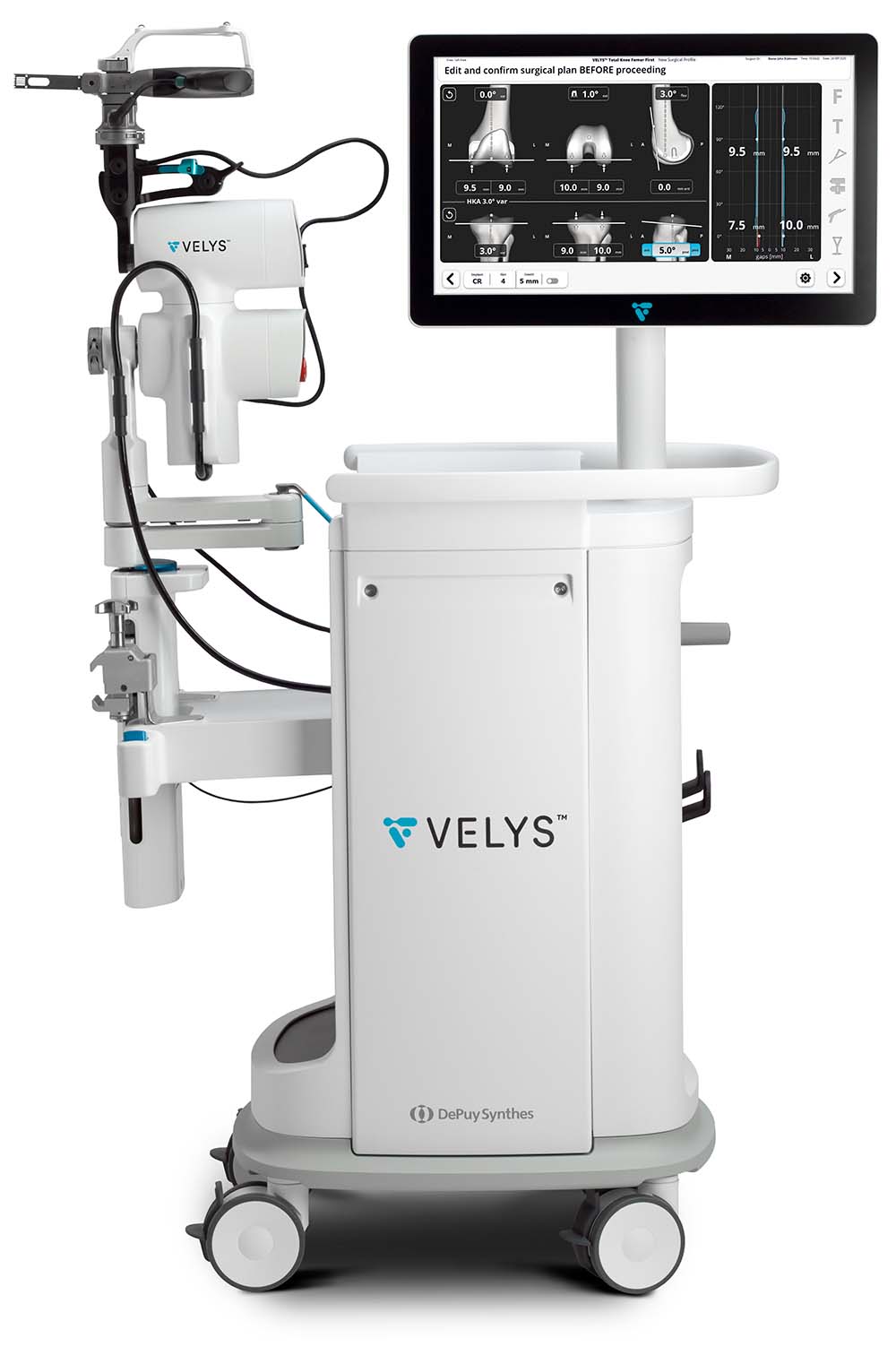
Cuyuna Regional Medical Center Orthopaedics now offers the latest robotic technology that helps surgeons perform a more precise knee replacement surgery that is tailored to each patient, with the goal to get patients back to life faster.
The VELYS Robotic-Assisted Solution, is a newly released robotic technology that helps surgeons perform knee replacement using data tailored to each patient’s anatomy. It has been utilized at CRMC since September, almost immediately after coming to market. The technology is designed to help ensure more predictable results, enabling orthopaedic surgeons the ability to improve outcomes and increase patients’ mobility, all while allowing them to recover faster.
CRMC was selected to be one of the first facilities in the country to utilize the state-of-the-art technology. The robot assists orthopaedic surgeons with pre-surgical planning, intraoperative real-time feedback, and, very uniquely, the ability to verify final soft tissue tension/gap balance and overall leg alignment. This is unique to this new technology as opposed to previous robotic platforms used over the past decade. Most patients needing a knee replacement are candidates for robotic-assisted knee replacement.
Fellowship-trained hip and knee reconstruction surgeon Dr. Erik Severson is one of the first orthopaedic surgeons in the nation to begin using the VELYS robotic platform and has been selected to begin training other surgeons around the country on the use of this technology.
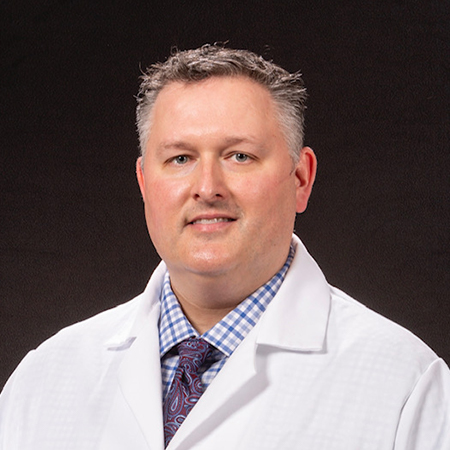
Dr. Erik Severson, M.D.
“We’re very fortunate to have several great orthopaedic surgeons in this area, and I think all of us do knee replacement surgery very well,” stated Dr. Severson. “The reason I’m excited about this particular robotic technology is because despite doing the very best we can, there is still a population of patients experiencing residual pain after what seems like a successful surgery. Our hope is that this new technology markedly decreases the percentage of patients we see that are generally unhappy with their knee replacement for reasons we’ve previously been unable to explain.”
Dr. Severson said the orthopaedic community is excited about this revolutionary new platform that changes how knee surgery is performed. He emphasized the robot does not replace a surgeon’s hands, and experience can never be replaced by a robot, but that it helps get the most out of a surgeon’s intellectual ability and hand skills. Dr. Severson is working closely with DePuy/Johnson & Johnson as this new technology is introduced to the broader orthopaedic community and will be instrumental in training other surgeons around the country in how to use and implement the robot in their practices.
“What’s frustrating to every orthopaedic surgeon is the persistently painful total knee patient where everything seemed to go perfectly,” Dr. Severson said. “That is why it was worth developing this new technology and teaching it to other surgeons. We’re pursuing this technology to hopefully provide a more reliable product for our patients. It would be so great if, in orthopedics, we could achieve the same patient reported outcome measures in knee replacement as we enjoy in hip replacement. I believe this technology represents the beginning of being able to achieve that goal, and very importantly, this technology will provide the springboard toward new implant designs for our patients.”
For more information, or if you have questions related to robotic-assisted total knee replacement, please visit https://www.cuyunamed.org/patient-care/orthopaedics or call Certified Nurse Practitioner Adam English at 218-546-3484.

